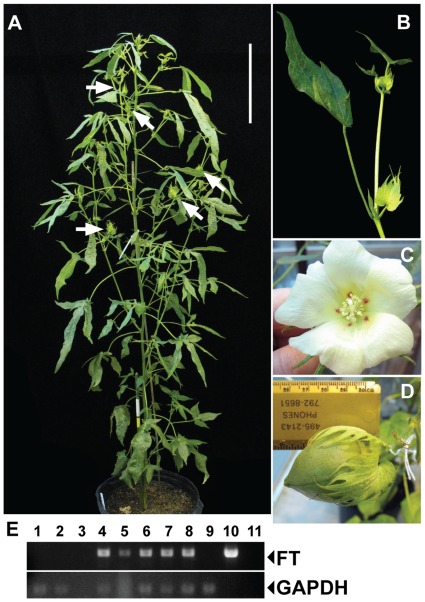Figure 3. dCLCrV::FT infection uncouples flowering from photoperiod.
(A) Arrows point to some of many squares on a representative dCLCrV::FT infected TX701 plant under long day conditions. Scale bar is 25 cm. (B) Close-up of sympodial growth on a fruiting branch of an FT-induced TX701 plant. (C) An open bloom from an FT-induced TX701 plant reveals characteristic dark red petal spots. (D) A boll on a DP61 plant resulting from cross-pollination with an FT-induced TX701 flower (See also Fig. S3). (E) RT-PCR demonstrates that FT expression is limited to plants inoculated with dCLCrV::FT; GAPDH expression serves as an internal control. Lanes are: 1 and 2, untransfected TX701; 3, no reverse transcriptase control; 4, dCLCrV::FT-infected plant shown in (C); 5, dCLCrV::FT-infected plant shown in (B); 6, dCLCrV::FT-infected plant shown in (A); 7 and 8, other dCLCrV::FT-infected TX701 plants that flowered (plants not shown); 9) dCLCrV::FT-bombarded TX701 plant which did not flower – note the absence of FT; 10) dCLCrV::FT plasmid template control; 11) no template control.

